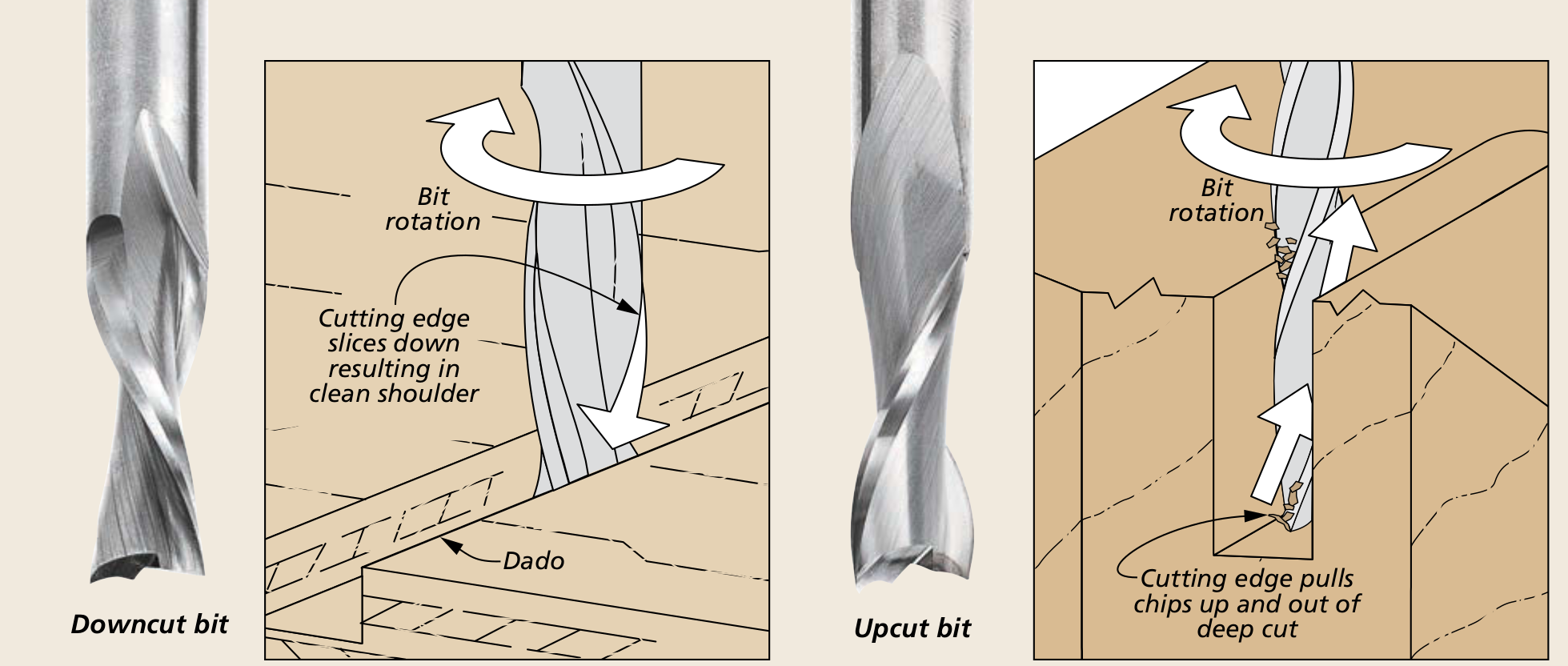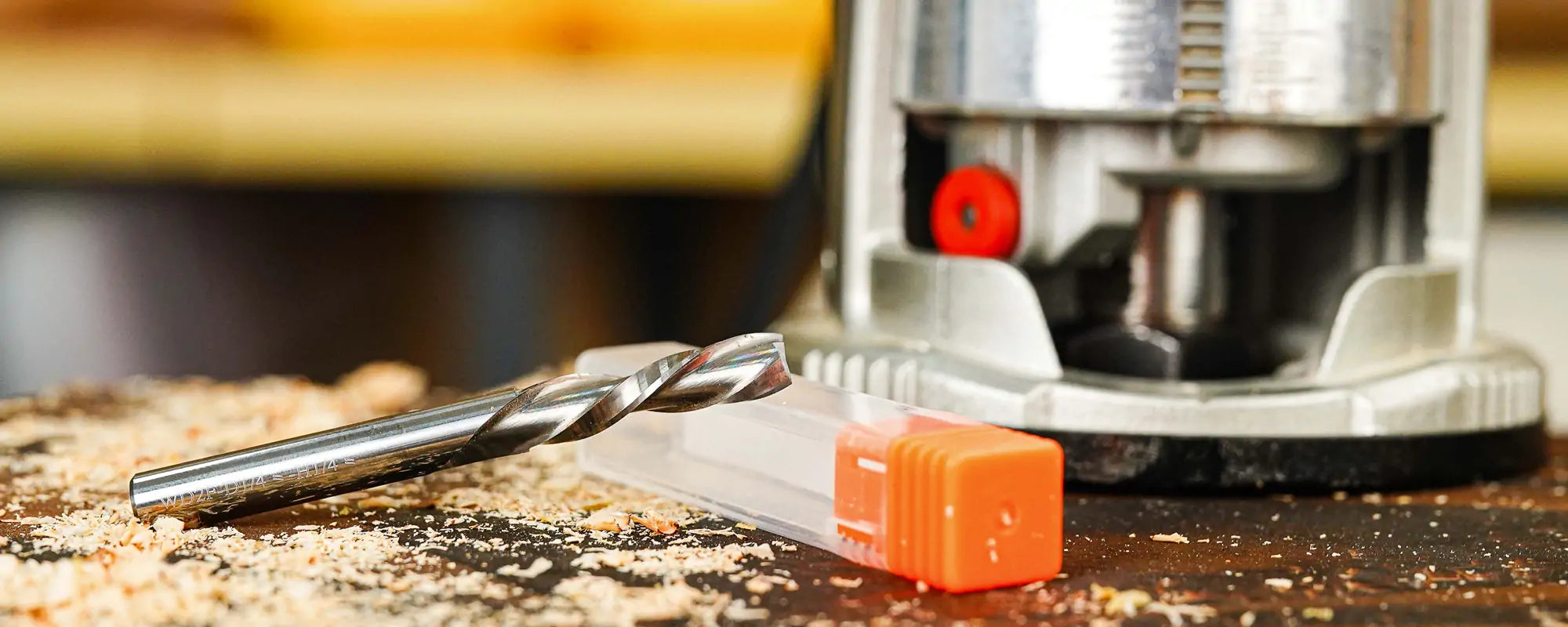
Carveco Maker allows you to start the design process from a variety of flexible starting points. Their built-in vector drawing tool allows you to create clean vector designs from scratch, add text to personalize your work, or maybe import some artwork to incorporate your initial design.
Getting Started
When you open Carveco Maker, you'll see the image below. Select "New Mode"

Material Stock Dimensions
The New Model window will pop up. This is where we define the dimensions of the material. In this example, we will use a piece of wood 12 inches wide and 6 inches high.

Job Origin
You can also select your "Job Origin" here, which by default is in the lower left corner of your material inventory. If you want to change this, you can simply choose the Angle or center you want for your origin.

Preview Resolution
You'll notice a "Resolution" slider. This setting controls the rendering resolution of 3D previews and simulations. If you are working on a highly detailed design, it is best to move it to MAX, be aware that this can be resource-intensive with older computers.

Measurement Units
Choose "mm" or "inches" according to your work preferences. When you're done. Choose "OK".

Below is an image of your current workspace. By default, you'll be in 3D view. You can switch between the two views to help design or or viewing how your design sits within your stock material.

First, let’s finish configuring the Material Stock. Select “Toolpath” then “Material Setup". Enter material thickness here. We entered a thickness of 0.237" and as you can see, the position of the model on the material automatically adjusts the offset. We will not consider this part in this tutorial.

When you click "OK" and return to the working view, you may notice that when you change the view with the middle mouse button and move the mouse, or select the View button, you can now see the thickness represented by the stock material. Go back to the TOP view for the next step.

Now that we have the material set up, we will import the image of our logo. Right-click "Bitmap" from "Project Area" and select "Import".

Select the "2D View" Tab, this is where you will find the imported image. Select the Bitmap to Vector button. You can also select Vector from the top menu and do it that way.
We want to reduce the colors of the image. In a majority of the 2D designs you will generally only work with 2 colors. Select "Reduce" Colors.
Enter "2" or drag the slider all the way to the left to reduce colors to just 2. Then select "Create Vectors".
Pink lines represent your Vectors. Press "ESC" on your keyboard and then select the outermost pink rectangle along the border of the white box. The inside vector around the logo should now be black.
Now we are left with just the LOGO Vector and the imported image. Now to delete the original bitmap by removing it from the "Bitmaps" layer drop down. Select, Right click and delete.
Press CTRL+A to select the Vectors. Due to the size of our bits and the size of the text we want to make the Vector larger by selecting the transform tool.
With the design finalized, we can now start with creating the toolpaths. Highlight the Vectors by either pressing CTRL-A or Dragging while clicking your mouse over the design.
In the V-Bit Carving menu the "Vector Association" should be "Selected Vectors" as we are going to use 1 toolpath for everything we do not need to utilize multiple layers, different toolpath operations, etc.
Now we need to select what Bit we are going to use. For this project we will use a ¼” 90 Degree V-Bit.
This will open the Tool Database and from here we can utilize existing tools or enter your own. Depending on the Tool, Material and Spindle you are using these settings will need to be adjusted for the best performance.
For this project we will select SpeTool ¼” 90 Degree V-Bit, enter “18000” for Spindle Speed.
The maximum cutting depth will be set to a maximum of 0.10 in, we are not looking for a deep carve here. After you click calculate now, your will now see a red line representing the toolpath you just created.
Before we export the toolpath and get the carving started, we want to see a preview of the job. To do that we can generate a simulation.
After selecting the Simulation Button on the right side of the menu, a control bar will appear like the one located at the top right of the image above. Select the play button and you can watch the simulation play out. If you would like to change the material rendering in the preview (I have BEECH wood selected above) you will select "Simulation" located in the Project area on the right of your screen. Then towards the bottom of the menu you can select your preferred material from the drop down.
Now that we are happy with the preview you can export and save the toolpath. To do this, click the toolpath from the drop down and select the "Save Toolpaths" icon.
Enter your file name and choose your save directory. For your first job you will need to choose the Machine file format from the bottom of the screen. You can use either Grbl (inch) or Grbl (mm) (*.gcode) .
After you click save, you will be left with a .gcode file you can now import into Candle.




